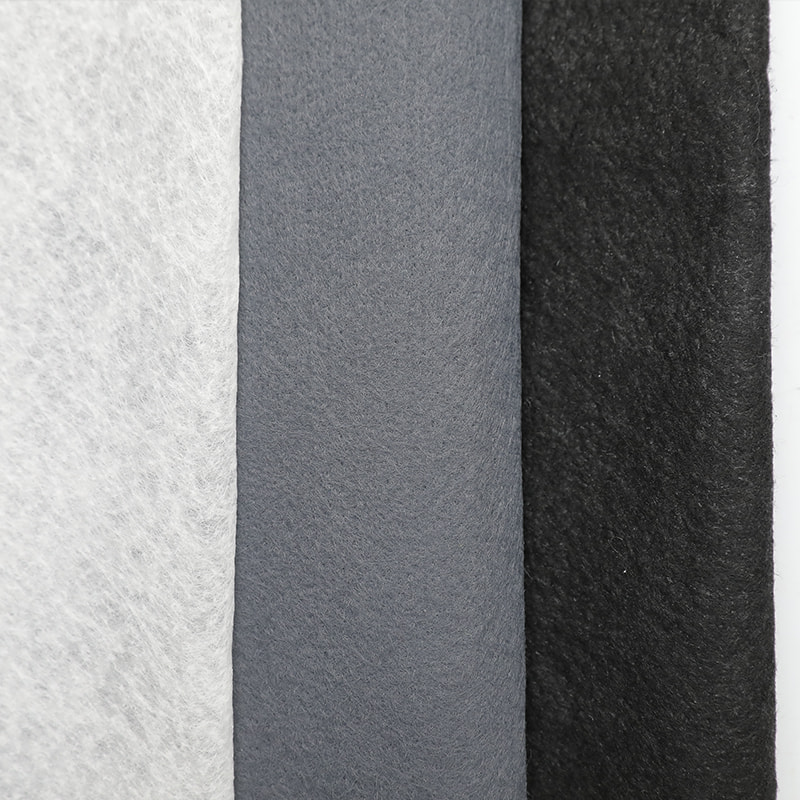PP non-woven fabric, also known as polypropylene non-woven fabric, is a versatile material that has many useful applications, such as in the manufacture of medical and surgical products, hygiene products, and other consumer goods. However, like any material, PP non-woven fabric can present certain problems when used. Some of the potential issues that may arise when using PP non-woven fabric include:
Poor dimensional stability: PP non-woven fabric can shrink or stretch when exposed to changes in temperature or humidity, which can cause problems in applications where precise dimensions are required.
Poor strength and durability: Although PP non-woven fabric is strong and durable, it may not be suitable for high-stress applications or where prolonged exposure to harsh environments is expected.


Limited breathability: Depending on the specific type and configuration of the PP non-woven fabric, it may not allow for adequate air flow, which can lead to discomfort or even health problems in some applications.
Poor resistance to chemicals: PP non-woven fabric may be susceptible to damage or degradation when exposed to certain chemicals, which can limit its usefulness in certain industrial applications.
Difficulty in recycling: PP non-woven fabric can be challenging to recycle due to its non-biodegradable nature and its complex composition, which can include multiple layers of different materials.
Overall, PP non-woven fabric is a highly versatile and useful material, but it is important to consider its potential limitations and challenges when using it in various applications.

 English
English Español
Español Deutsch
Deutsch عربى
عربى














